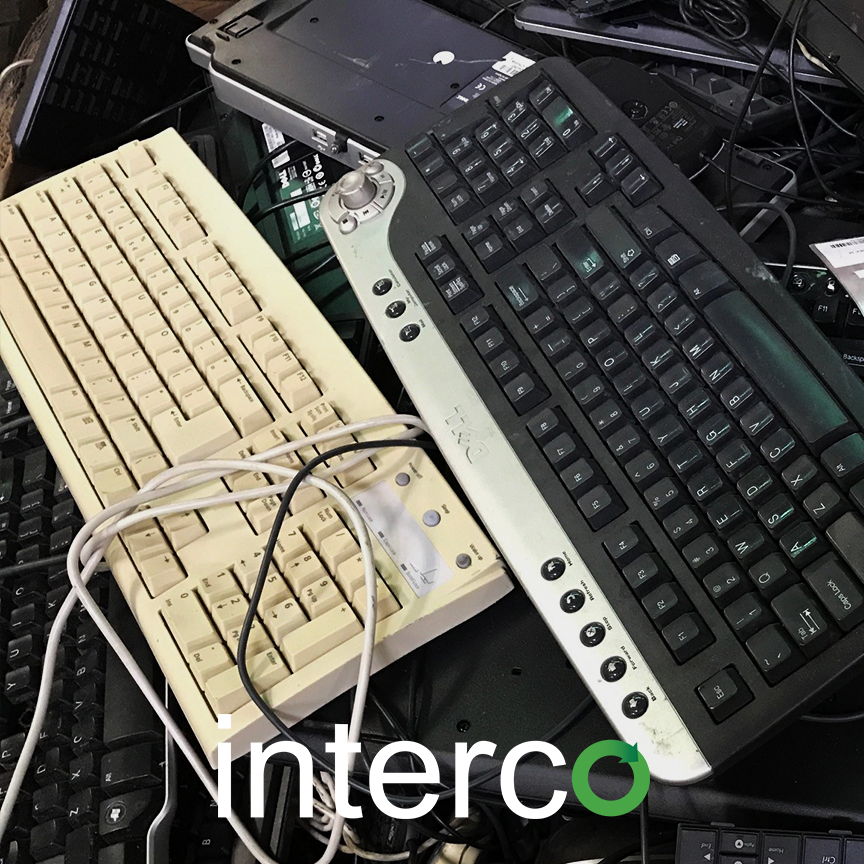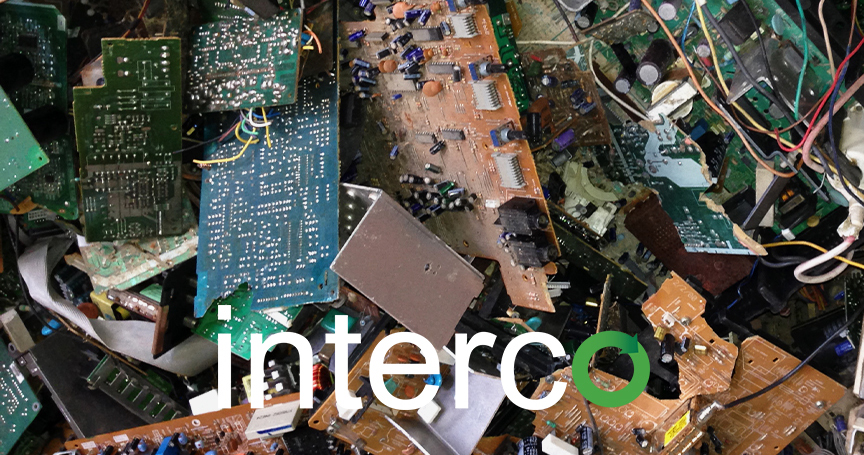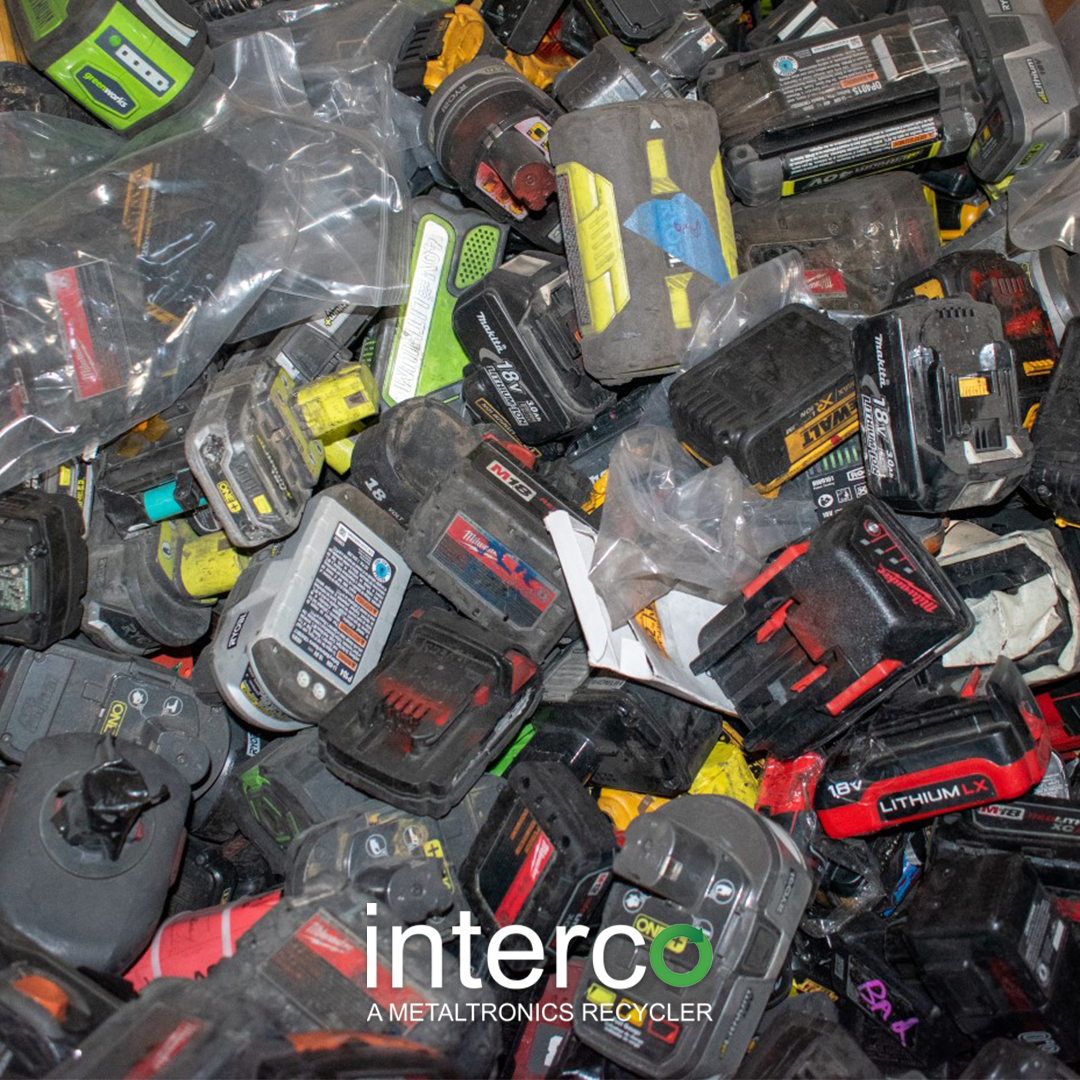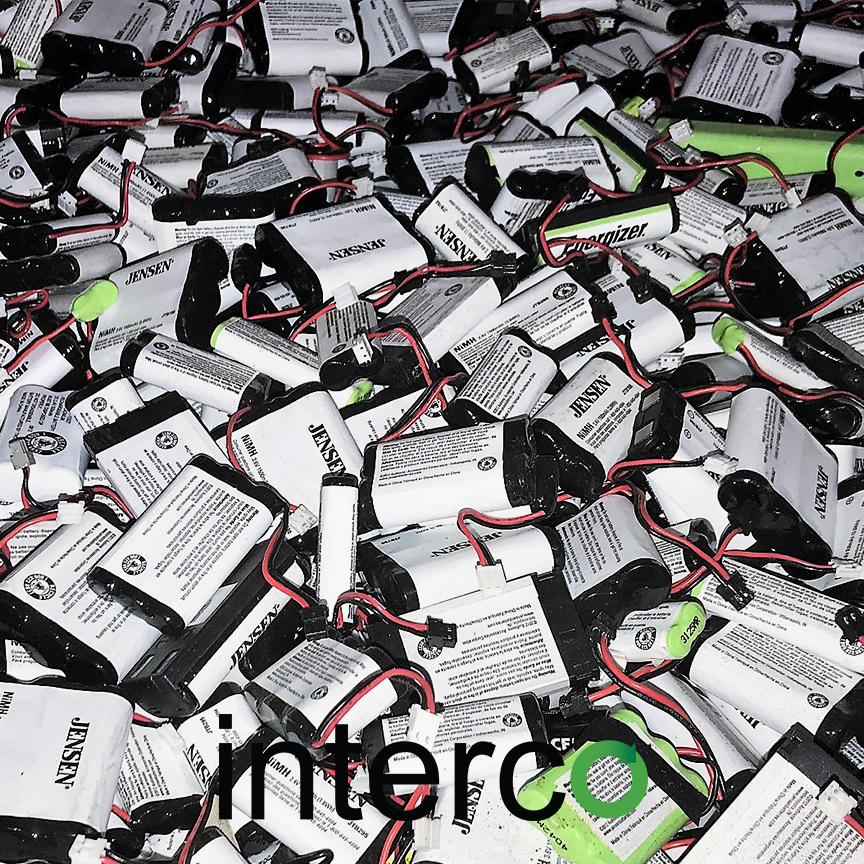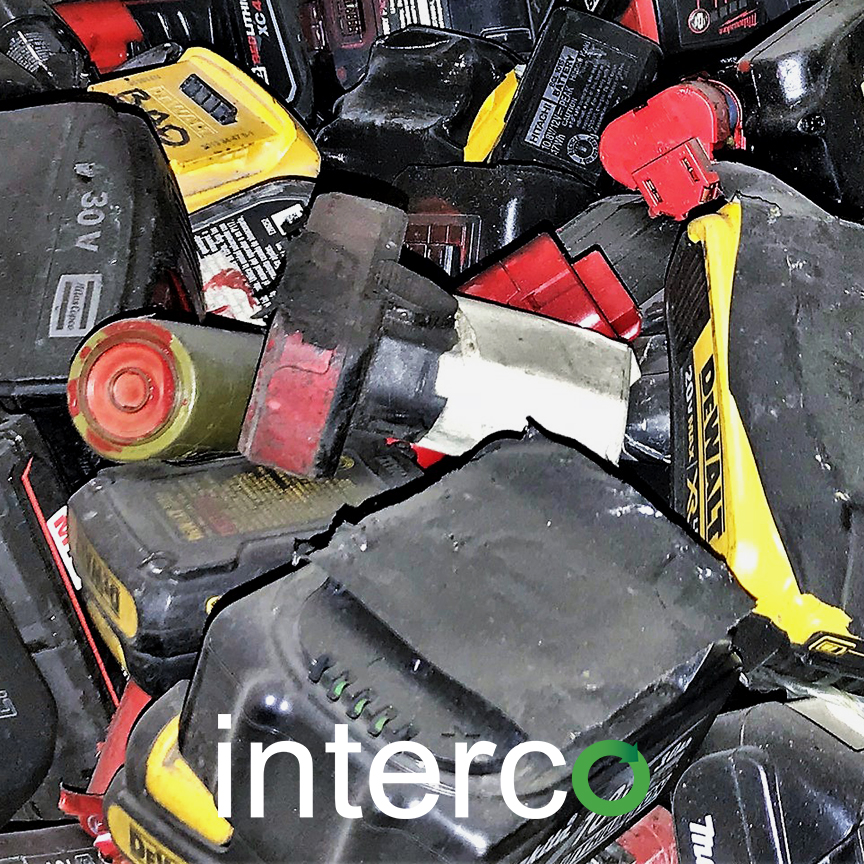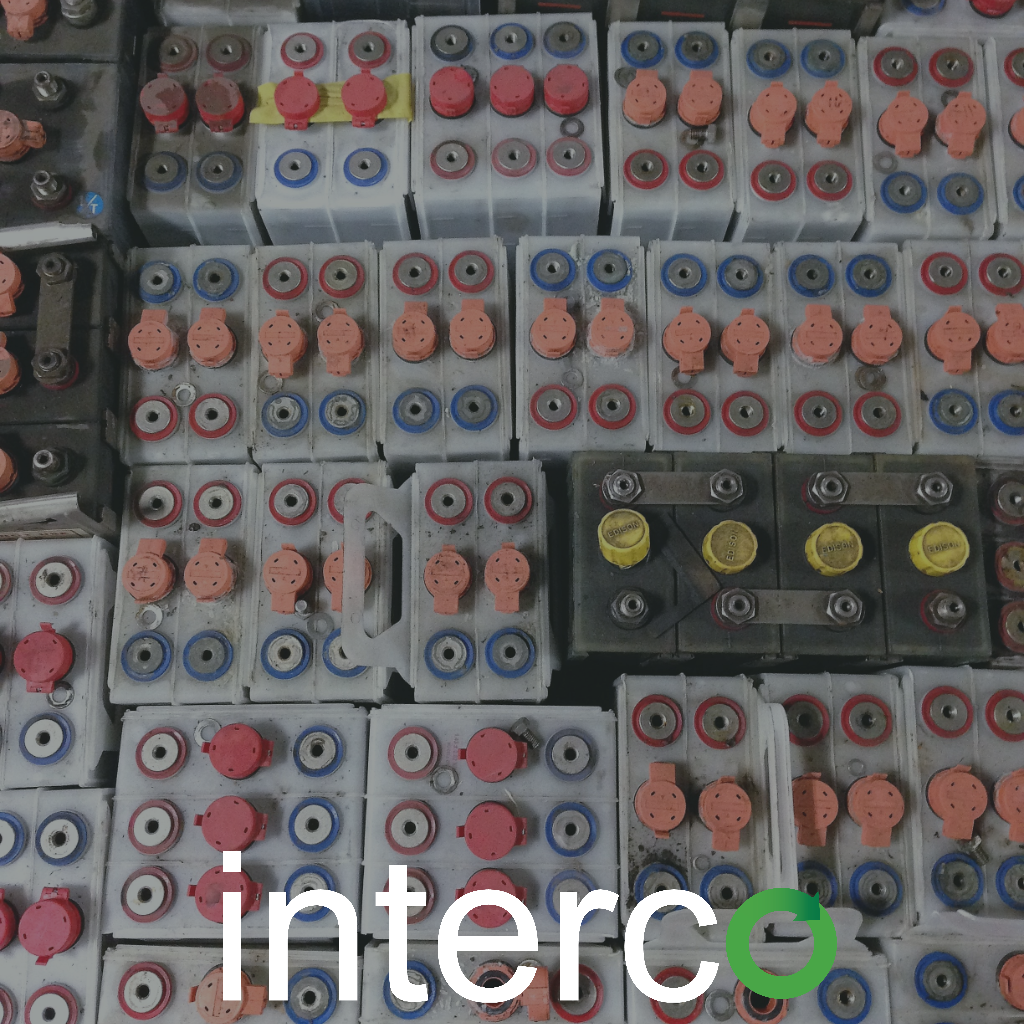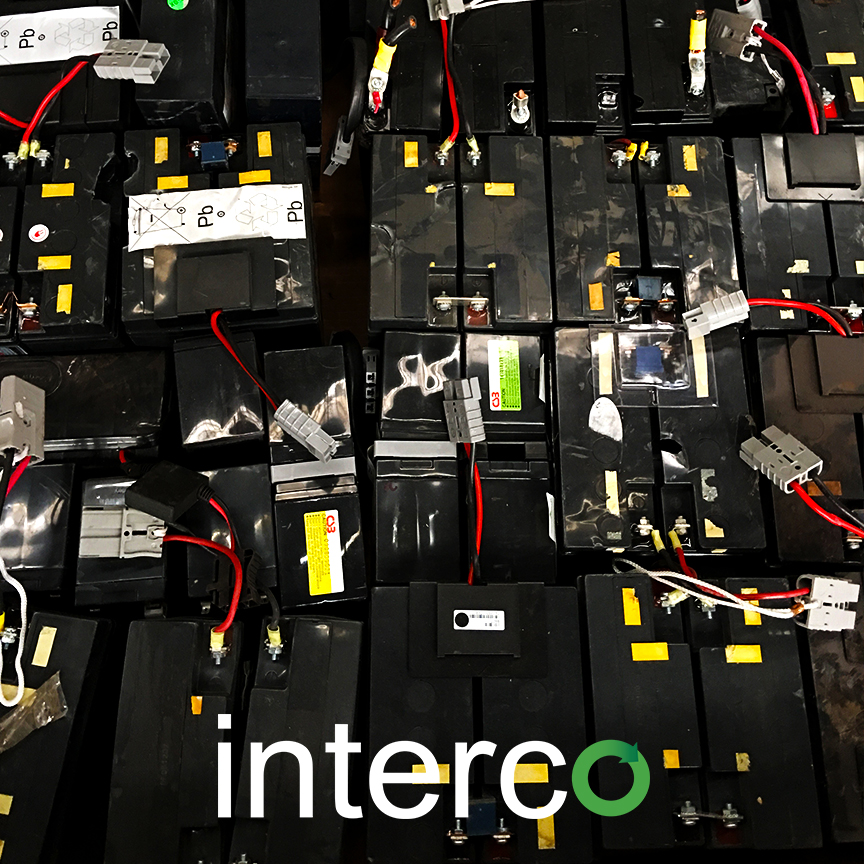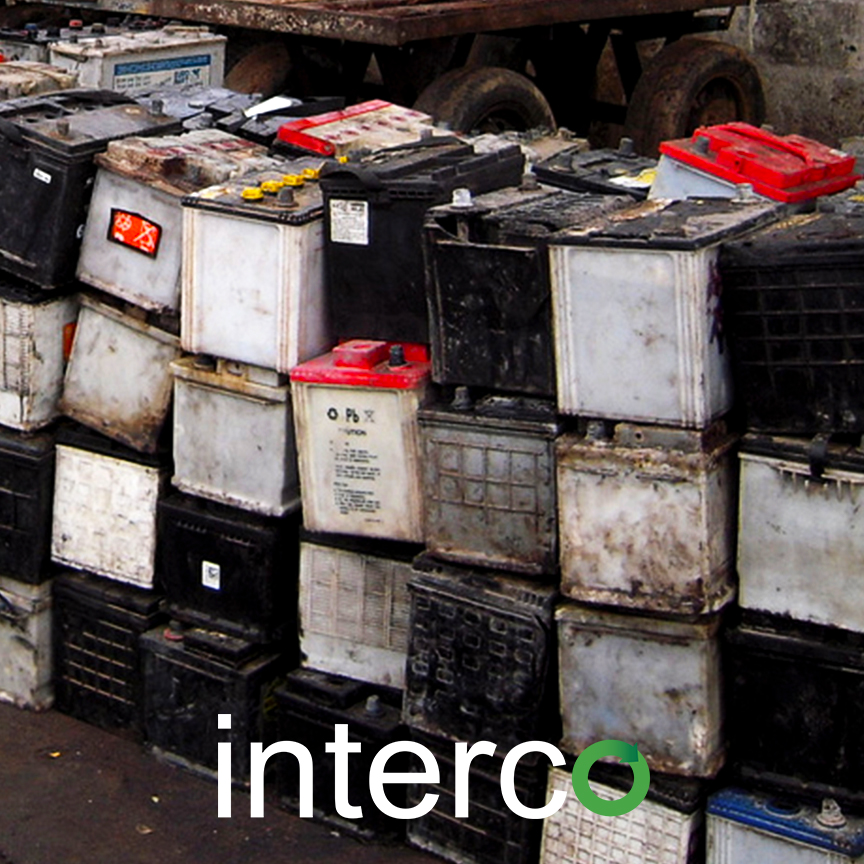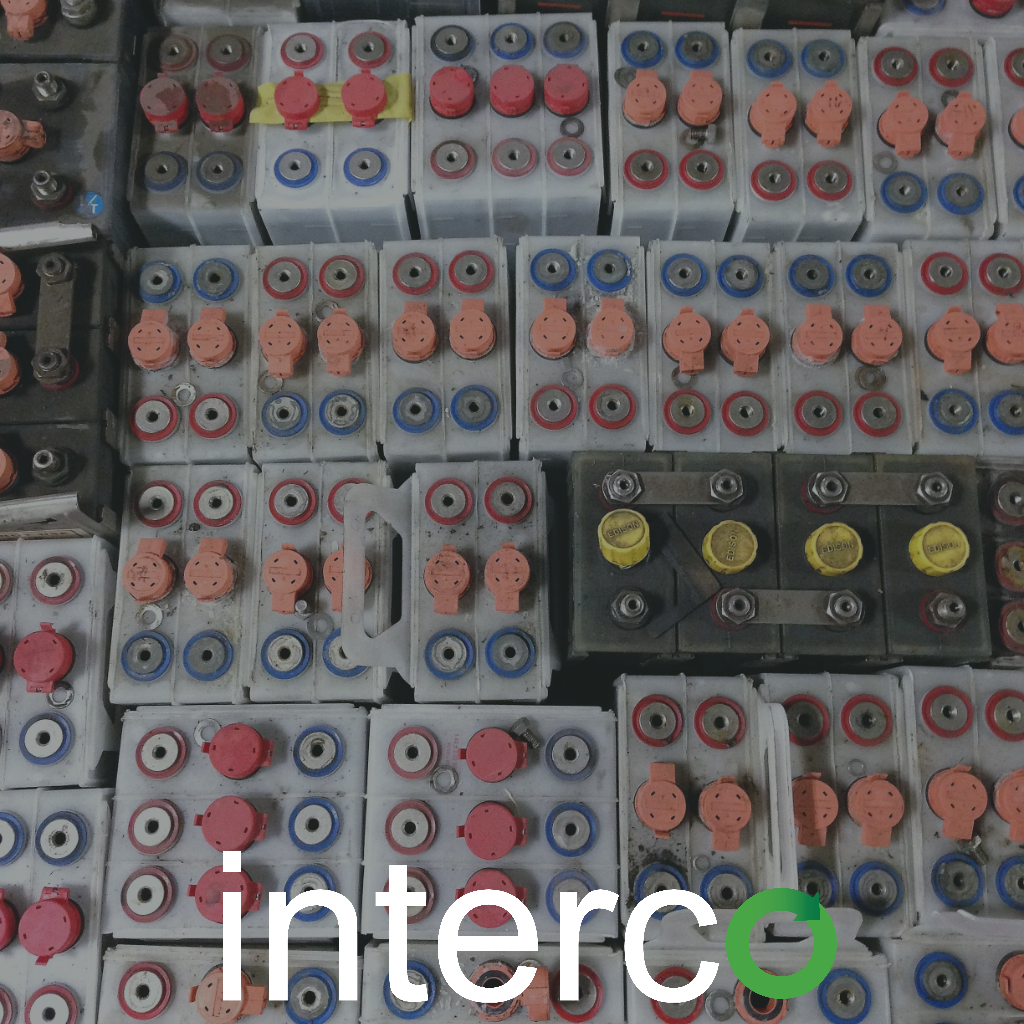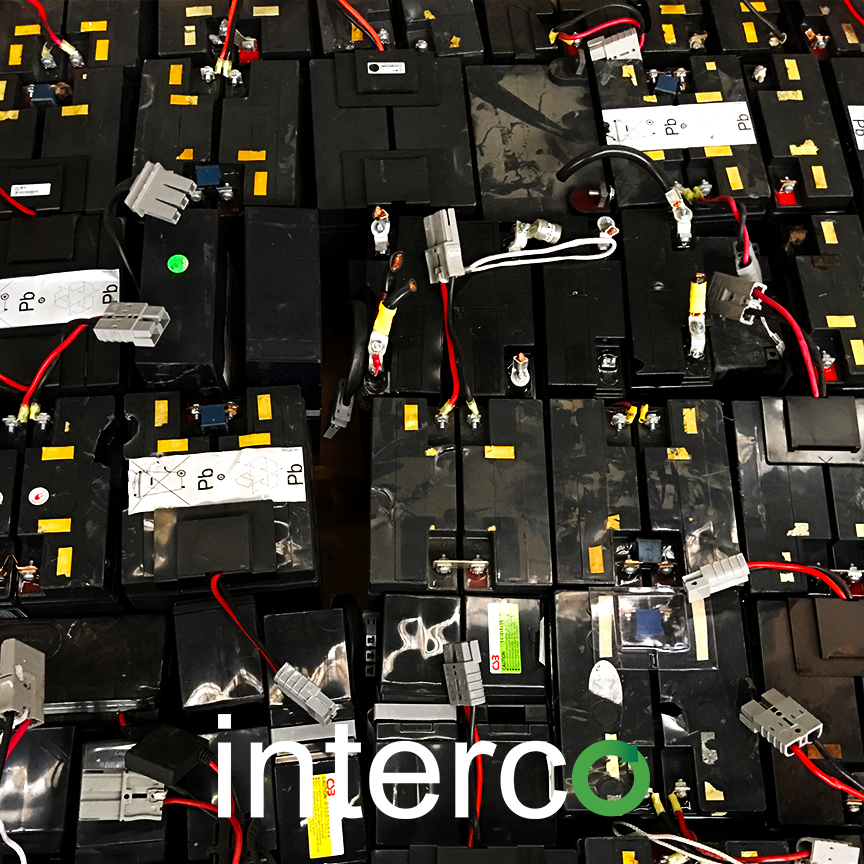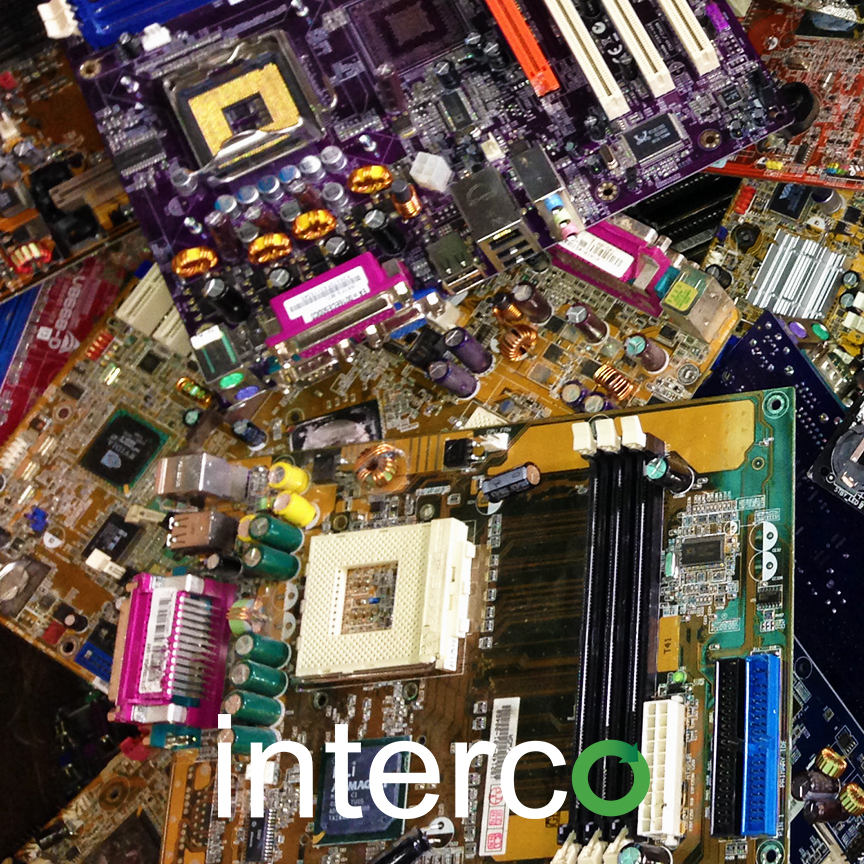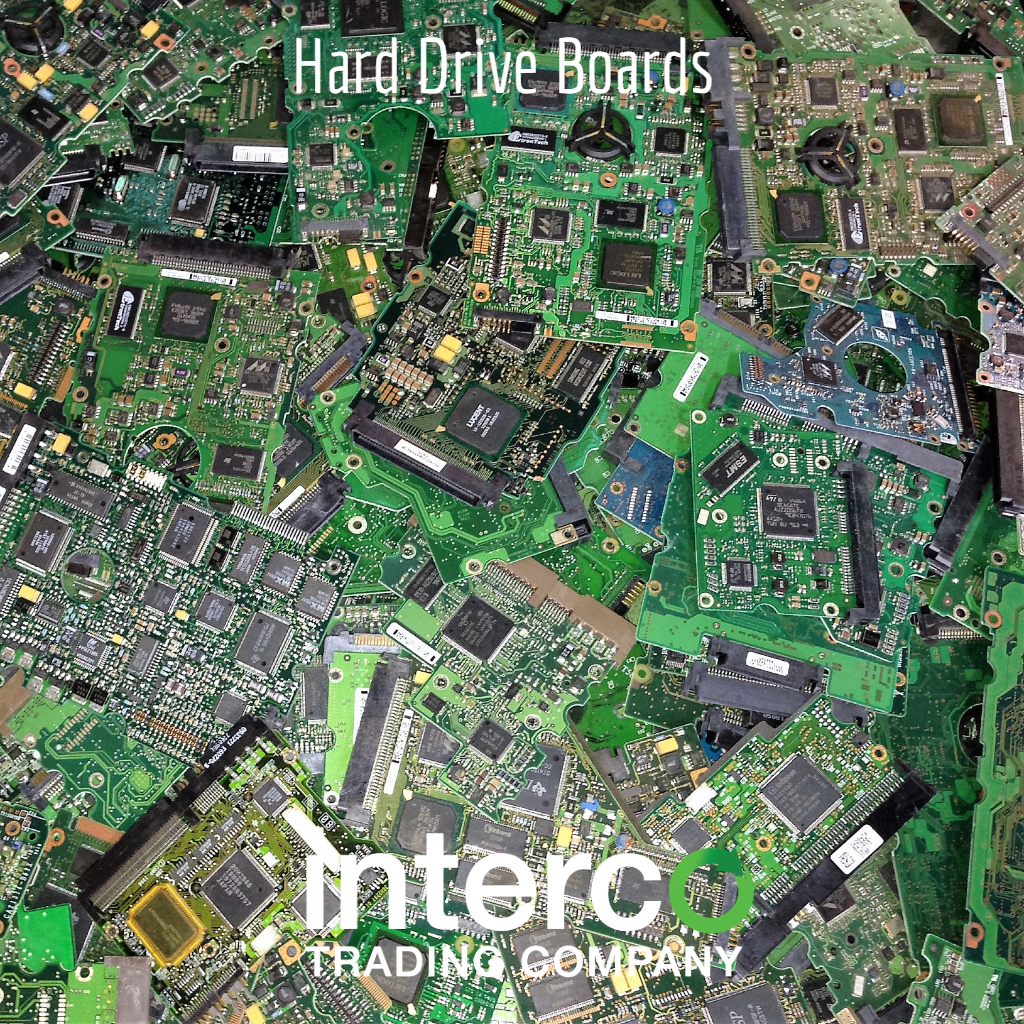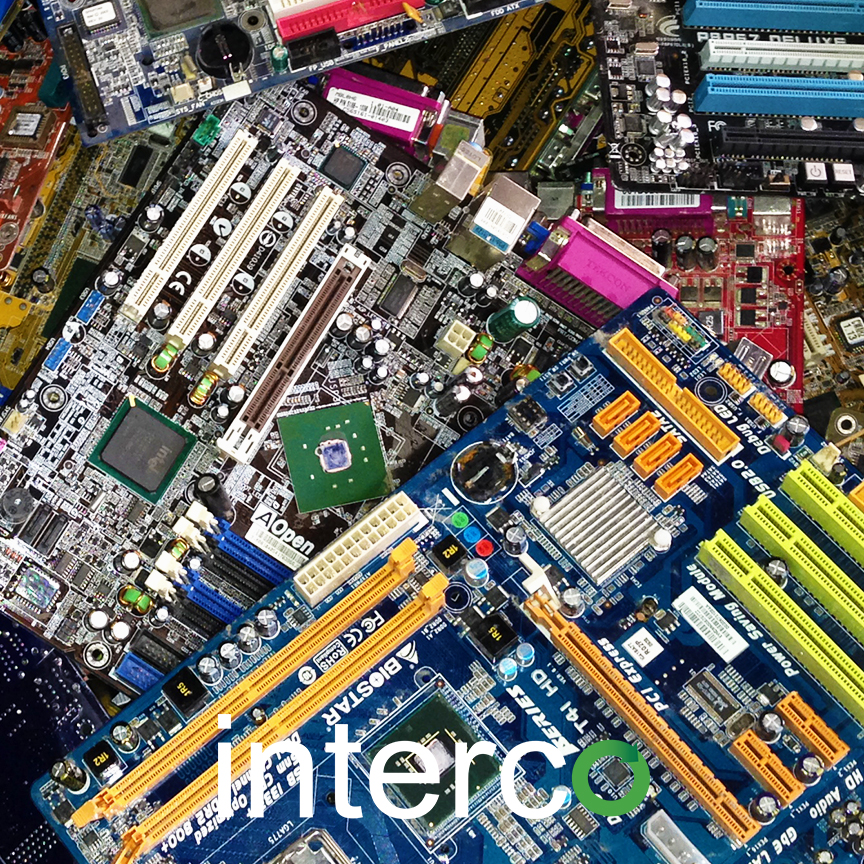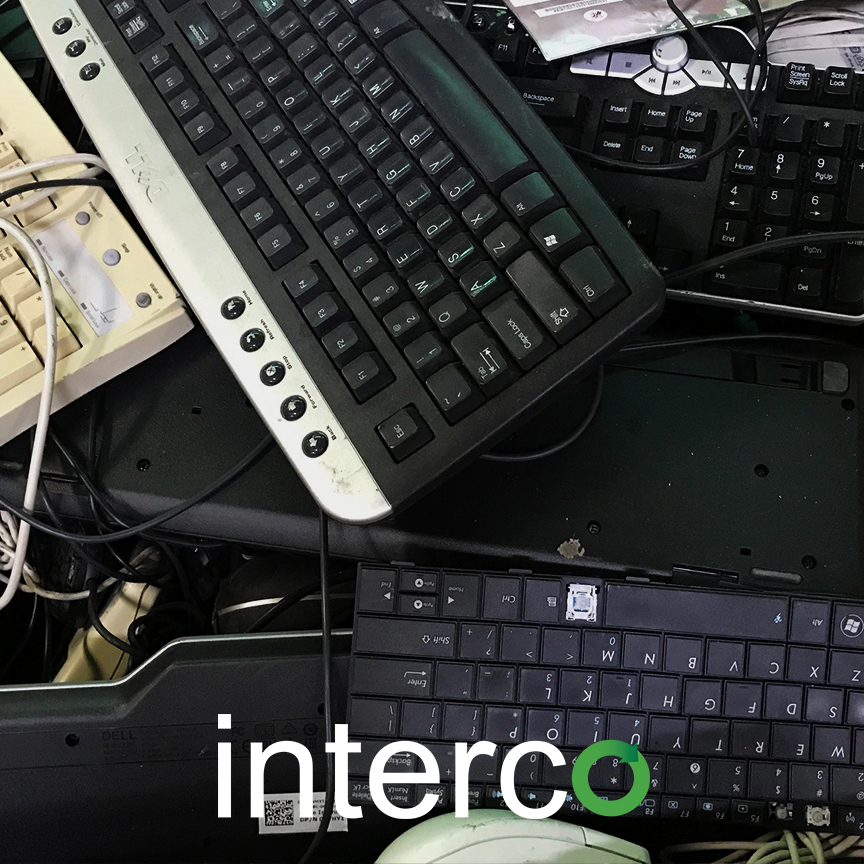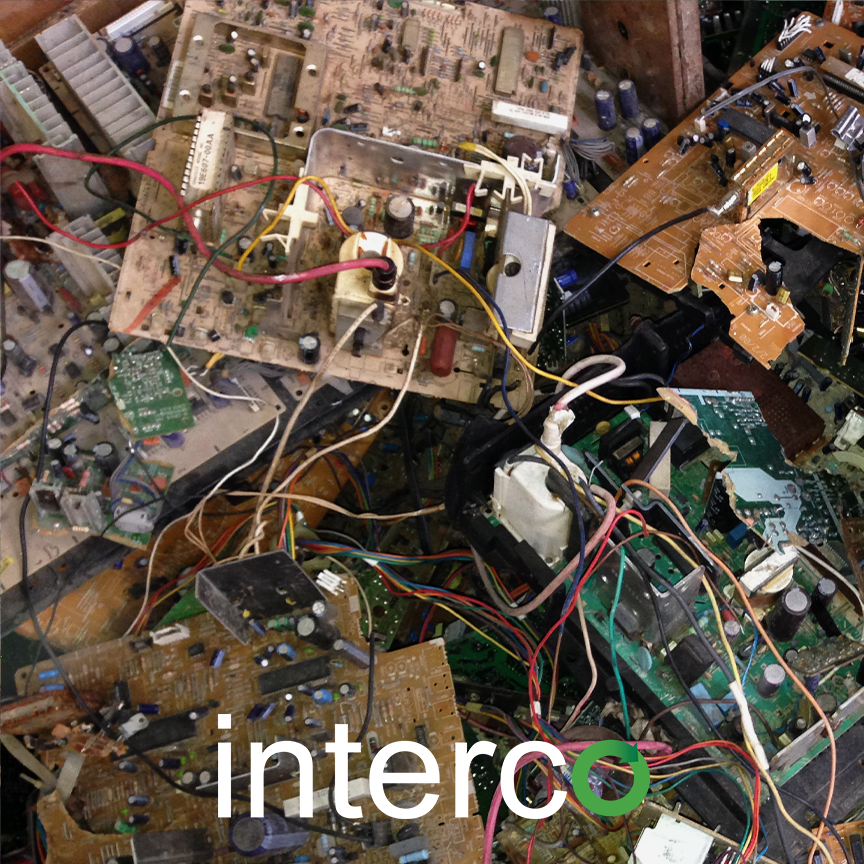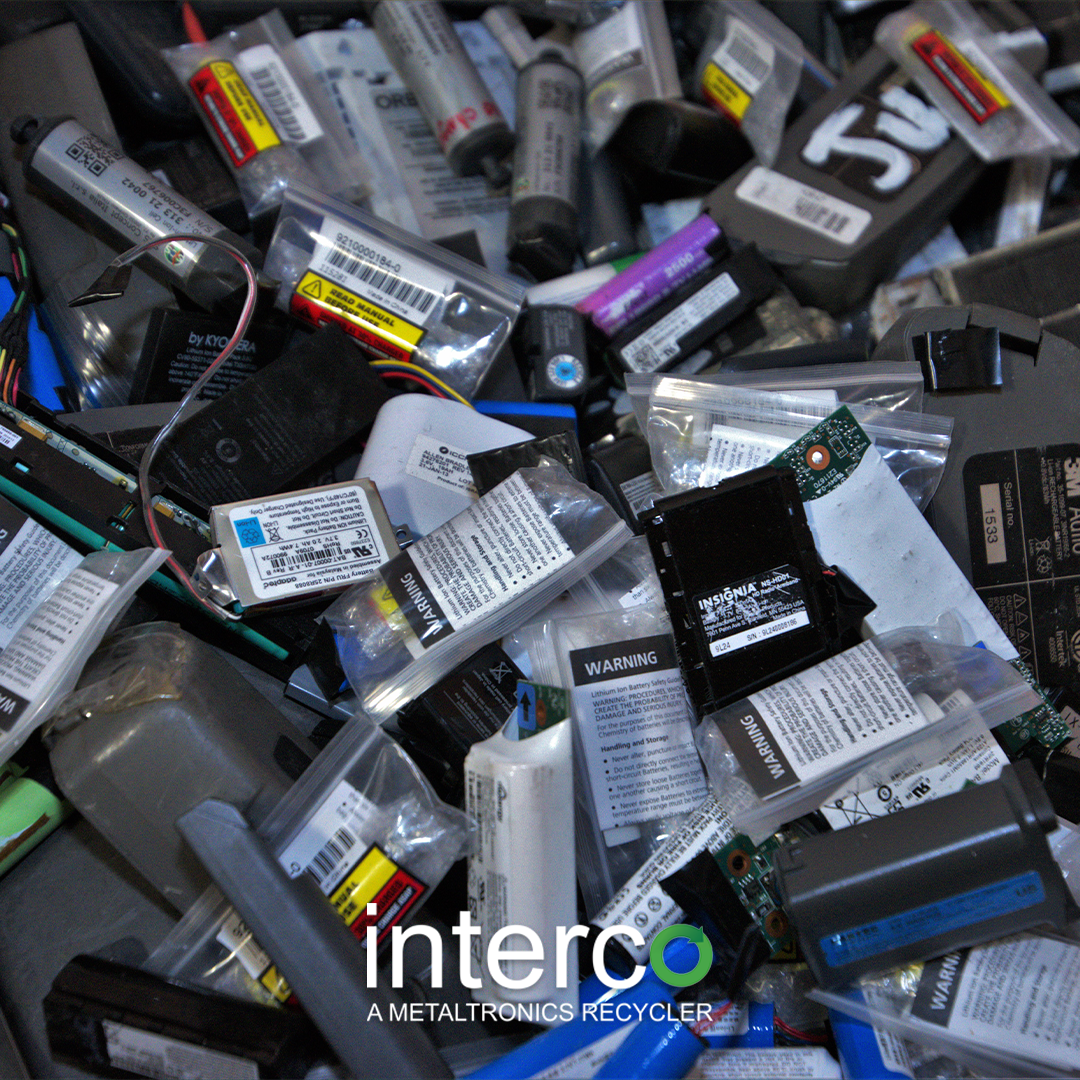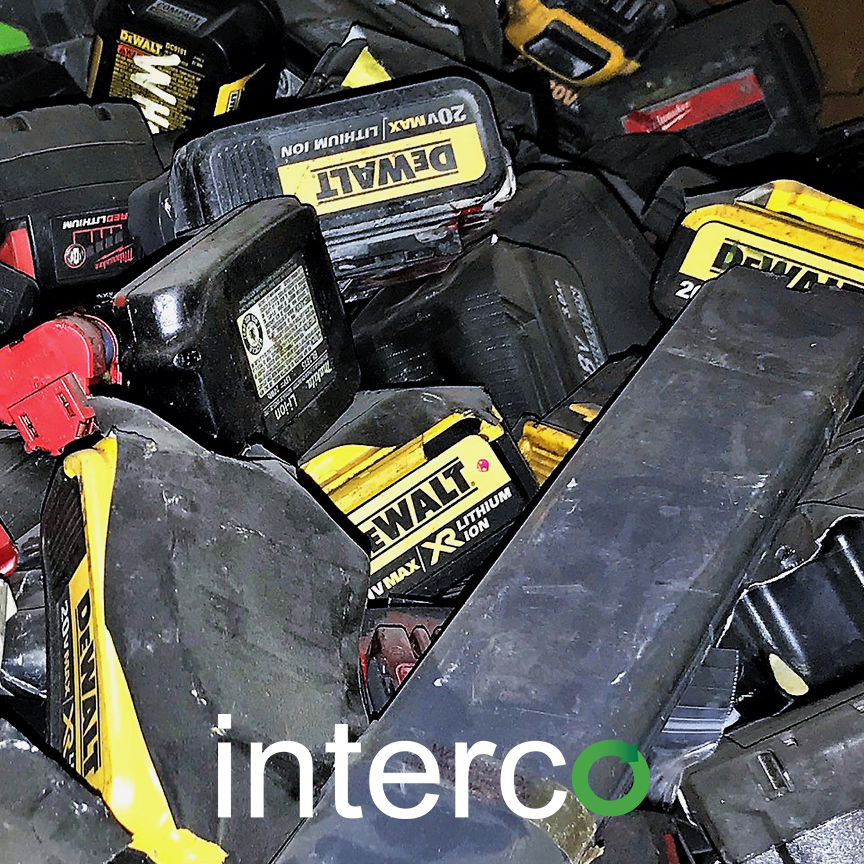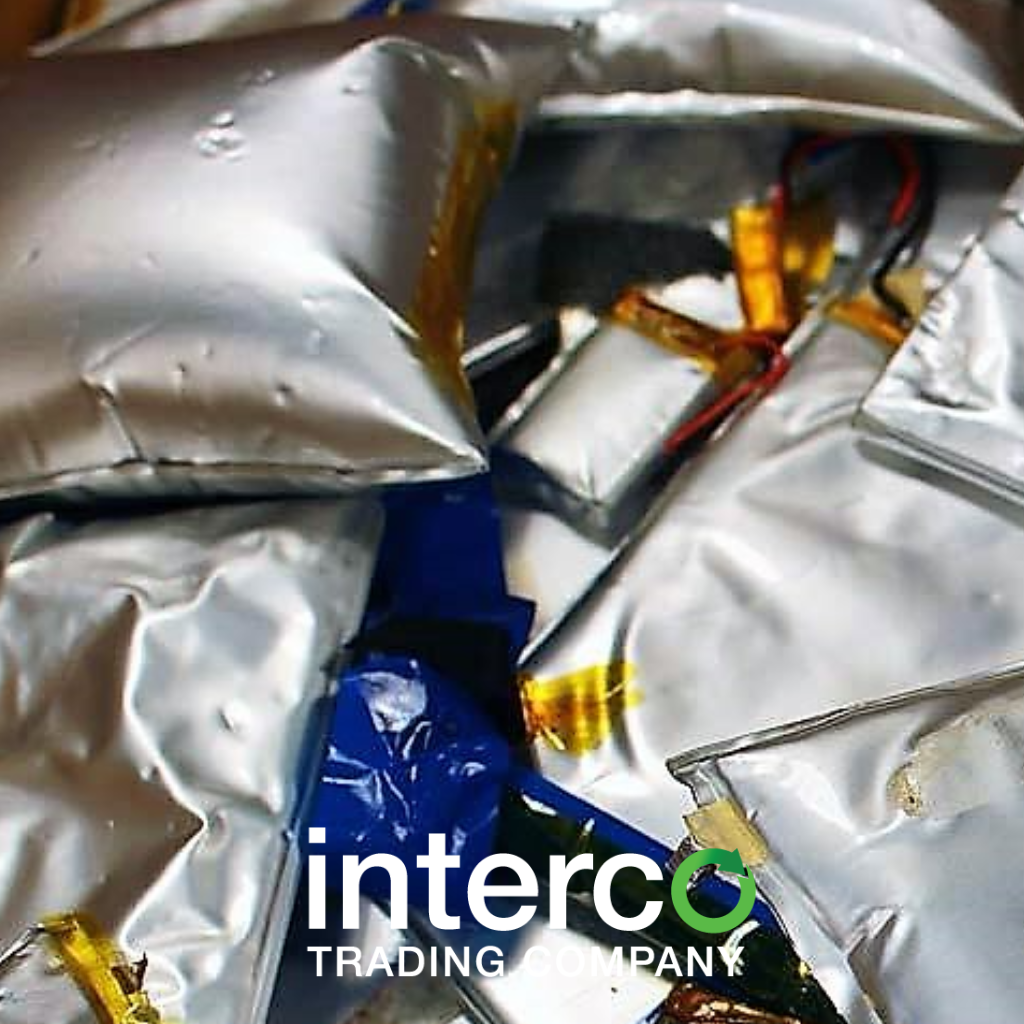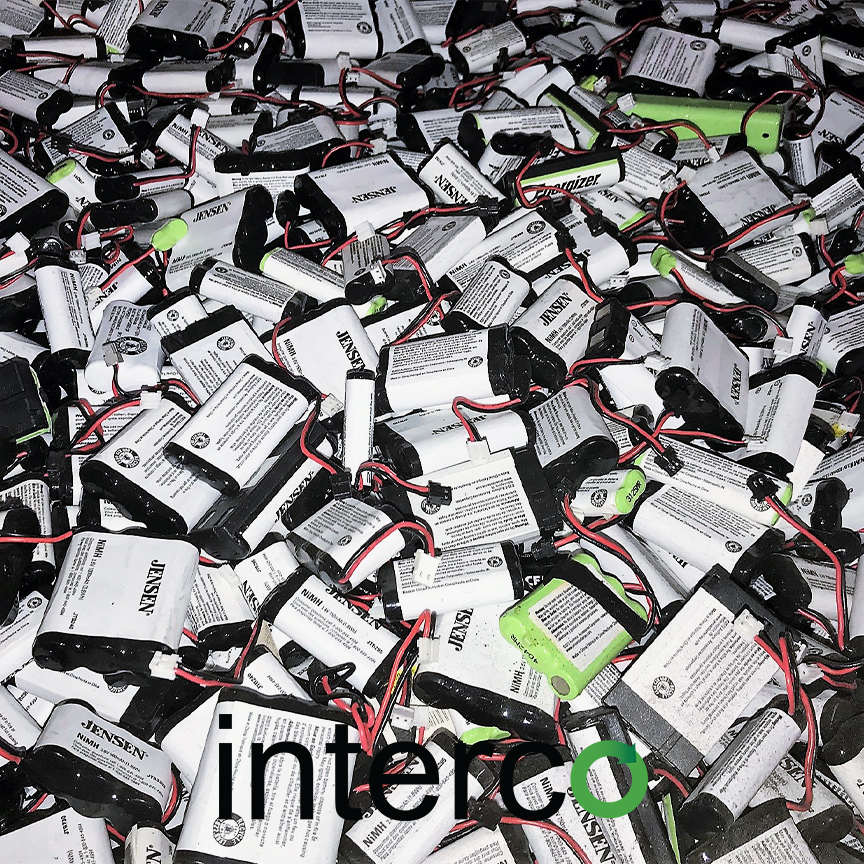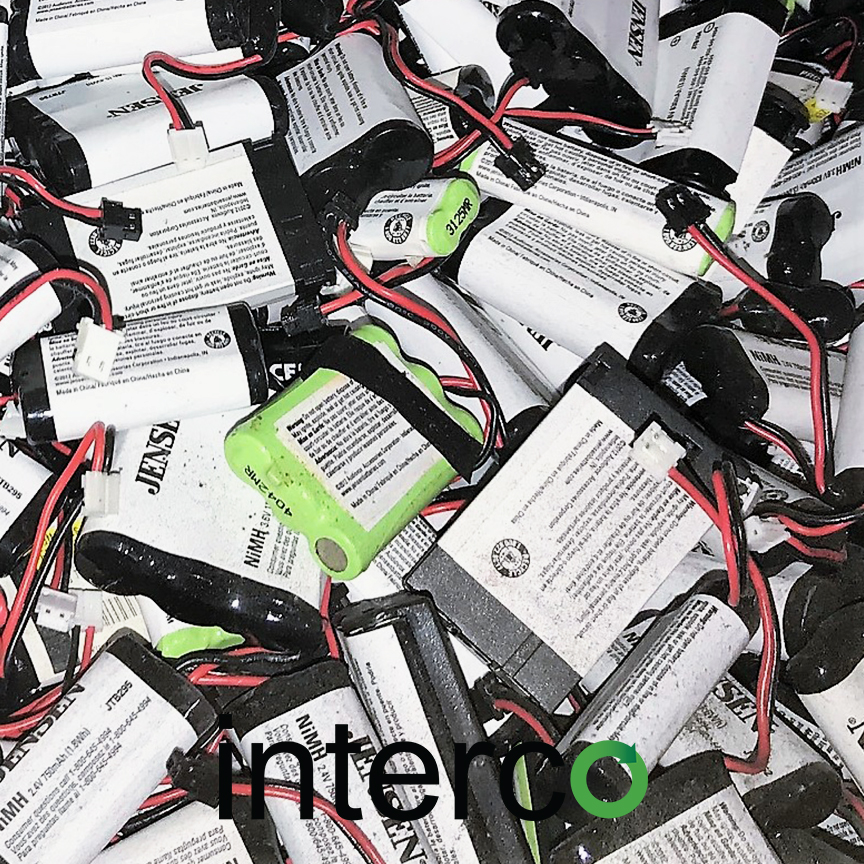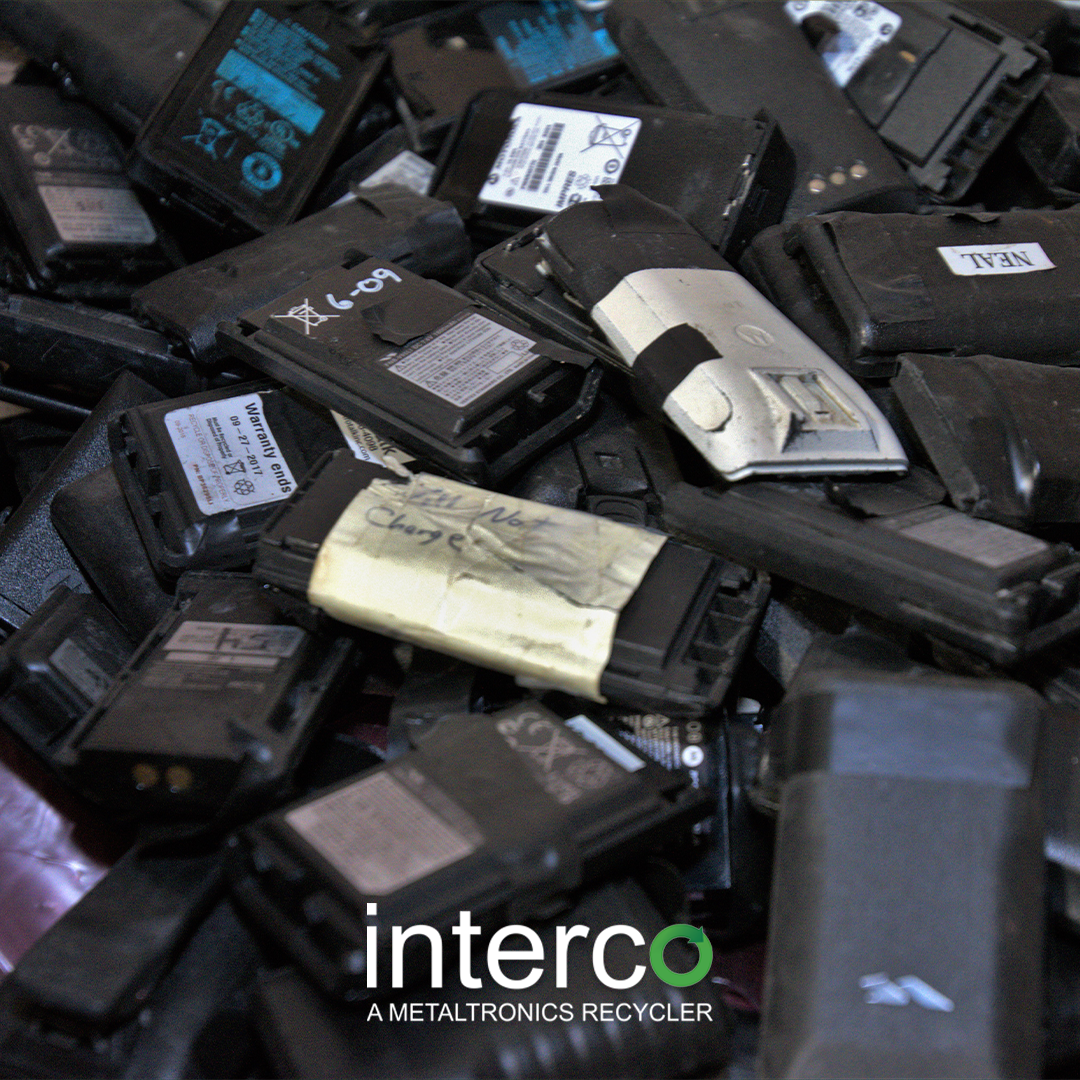In the age of technology, computers and laptops are vital for work, school and numerous other place. With more and more services switching to online platforms, there is an increased amount of computers and laptops being utilized. With an abundance of these products being used, they eventually break down and must be discarded. With thousands of laptops and computers being thrown out every day, improper disposal could lead to these scrap materials occupying space in landfills which causes much more general pollution. To avoid this, it is crucial to understand the process of laptop recycling.

Recycling computers allows for valuable metal scrap to be reused. Some of these reusable materials include:
- Circuit boards
- Keyboards
- Hard drives
- Computer wires
- Cables
- Heat sinks
- Transformers
Materials such as heat sinks, transformers, computer wire and more contain copper and aluminum components which can be reused to make several different products.
For laptops and computers to be recycled, one must be familiar with the process of recycling laptops.
The Process of Laptop Recycling
The process of recycling computers consists of:
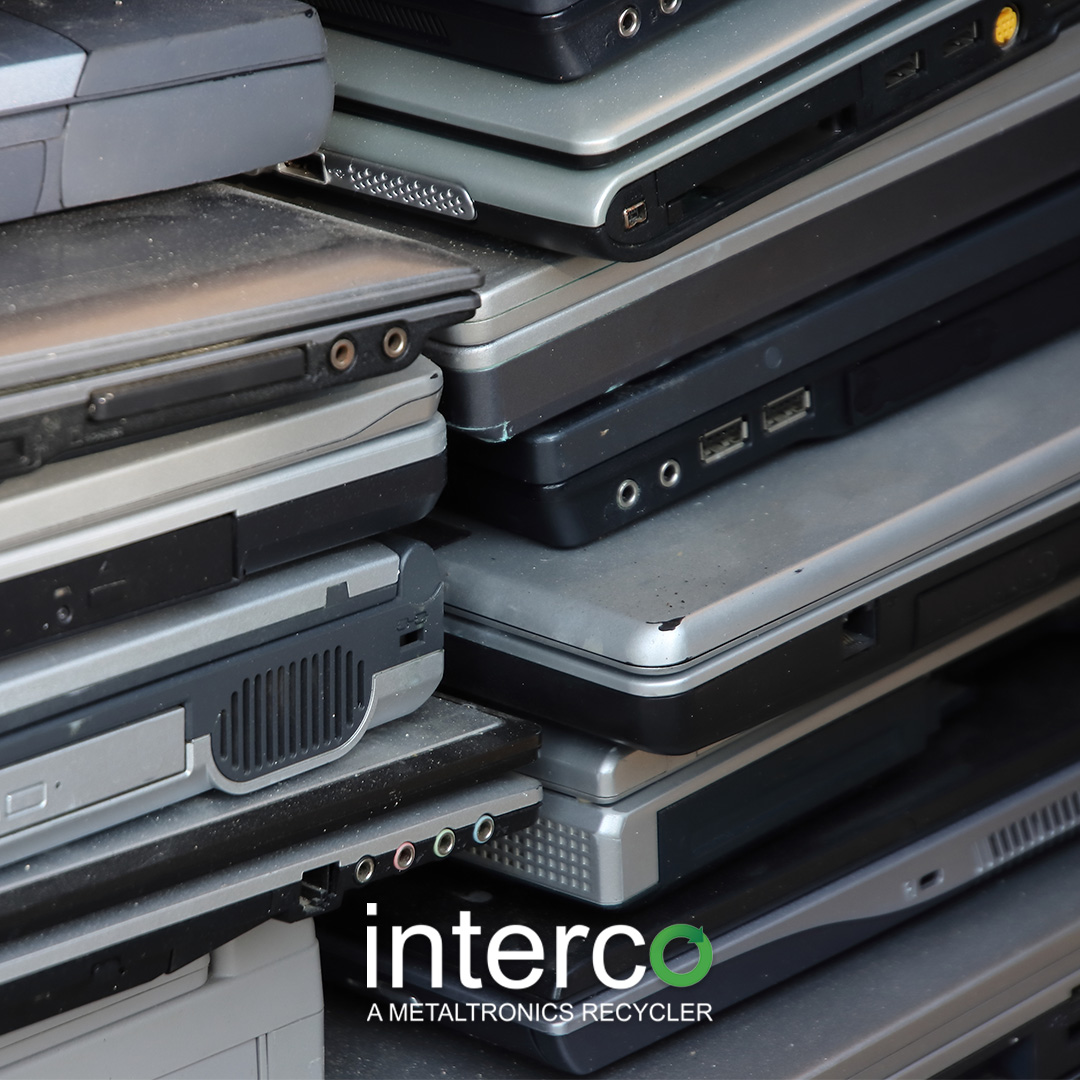
- Collecting and sorting the laptops and computers.
- Breaking the laptops and computers down with a hammer or hammering mill.
- Separating the individual components.
- Taking these individual components to their different recycling points for further processing.
- Finally, packing non-recyclable materials and properly disposing of them in an efficient manner.
Recyclers are sure to follow EPA regulations during this process to ensure safety and environmental protection. Now that the process of recycling laptops has been discussed, it is critical to understand why performing this process in necessary.
Why Laptop Recycling is Important
Recycling laptops and computers…
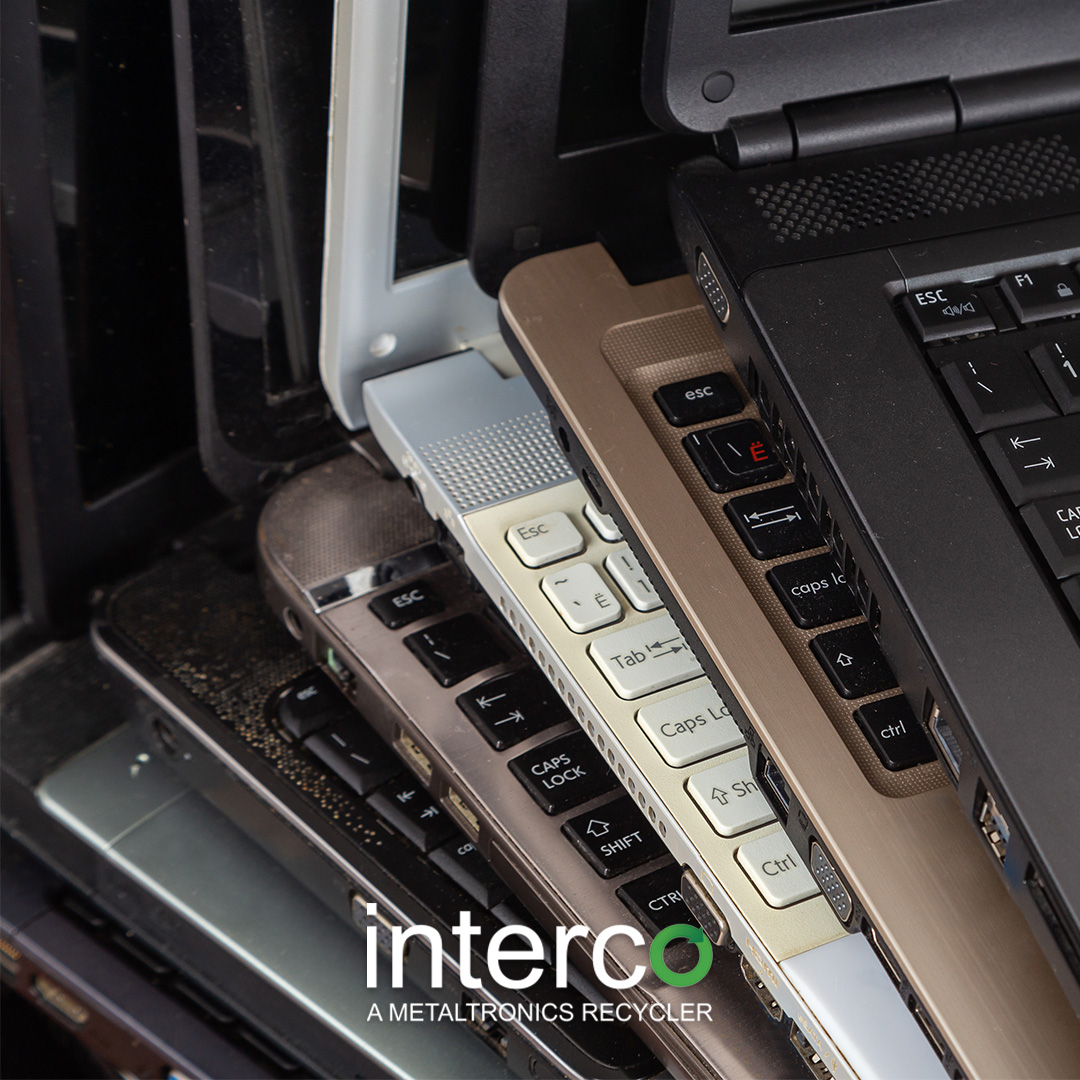
- Reuses valuable materials
- Reduces space in landfills
- Reduces pollution
- Prevents toxic gas releases
- Protects natural resources
- Creates employment opportunities
Through this recycling process, this chain of events occurs leading to a positive environmental impact. When these materials are reused, there is less waste in landfills which leads to less pollution, gas leaks and protects natural resources. Computers and laptops contain toxic materials like mercury, lead, chromium and cadmium. Proper disposal will assure that these harmful substances are not released into the environment.
Also, with more laptops and computers being recycled, Interco will hire more professionals to help with the procedure. Recycling generates more jobs than land-filling or incinerating waste. This causes governments to support the local economy and the environment.
One can also make a profit by turning their used items into professional recycling services. Interco will buy your scrap computers and laptops and recycle them properly.
Conclusion
With more and more laptops and computers being used every day, proper disposal of these electronics is mandatory. Laptops and computers contain several valuable pieces of scrap electronic material that can be reused through the recycling process. Through this simple process, overall pollution, positive environmental change and more employment opportunities can be created. To learn more about laptop recycling, click here to contact Interco.
